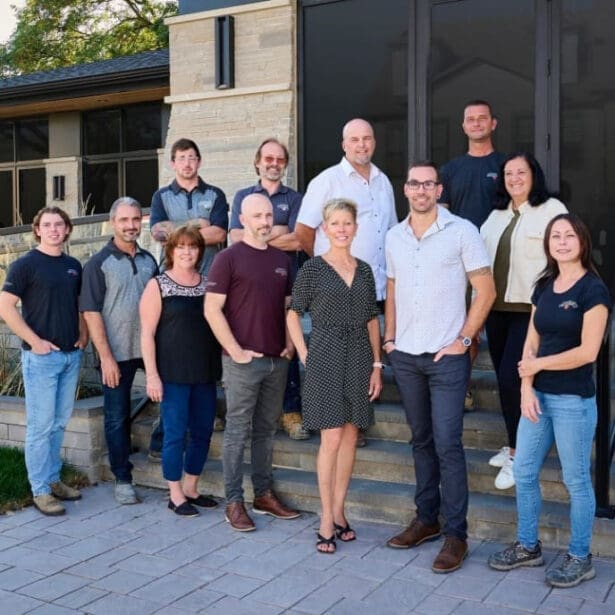
As homeowners across Ontario seek smarter, greener ways to heat and cool their homes, geothermal systems have emerged as a leading solution. Especially in the Niagara Region (where weather can swing from snowy winters to humid summers) geothermal technology offers consistent comfort, long-term savings, and environmental sustainability. But what exactly does a geothermal system look like, and how does it fit into a typical Niagara home?
Let’s break down what you need to know.
What Is a Geothermal System?
A geothermal system harnesses stable temperatures underground to heat and cool your home. Rather than generating heat, it moves it—extracting warmth from the earth in winter and transferring heat back into the ground during summer. Powered by a ground-source heat pump, this technology drastically reduces energy consumption while keeping your indoor climate comfortable year-round.
Components of a Residential Geothermal System
A residential geothermal system consists of:
- Ground loop system: Installed underground, either horizontally or vertically depending on your lot size and soil.
- Heat pump: Located indoors (typically in the basement), this unit moves heat between the loop system and your home.
- Distribution system: Uses your home’s ductwork or radiant heating system to deliver warm or cool air.
The combination of these components forms an energy-efficient loop that provides consistent performance across all seasons.
Types of Loop Systems Used in Niagara
In the Niagara Region, the most commonly used systems are:
- Horizontal loops: Ideal for larger suburban lots.
- Vertical loops: Used in urban areas like St. Catharines where space is limited.
- Pond/lake loops: Possible on properties with stable water sources.
- Open-loop systems: Rare due to strict environmental controls.
Each system is chosen based on geological and spatial considerations unique to your property.
Installation Process for Niagara Homes
Installing a geothermal system involves a few key steps:
- Site Evaluation: A professional assesses soil type, property layout, and heating requirements.
- Loop Installation: Depending on the system type, trenches or boreholes are dug and pipes are installed.
- Indoor Setup: The heat pump is connected to your ductwork or radiant system.
For most Niagara homes, the installation is minimally invasive and tailored to the existing structure—whether it’s a retrofit or new build.
Why Niagara’s Climate Is Ideal
With cold winters and warm summers, Niagara homes demand efficient heating and cooling. Underground temperatures remain stable year-round, allowing geothermal systems to outperform traditional HVAC systems in both energy use and cost efficiency. The consistent climate conditions and geology of the region make Niagara particularly well-suited for geothermal energy.
What Does It Look Like?
Visually, geothermal systems are surprisingly discreet:
- Inside: A sleek heat pump unit, often quieter than a fridge, sits in a basement or utility space.
- Outside: Once installed, the yard looks almost unchanged. Loops are buried, and landscaping is restored post-installation.
Unlike conventional systems, there are no large outdoor AC units or chimneys—just clean, quiet operation.
Seamless Home Integration
Whether you own a heritage home in Niagara-on-the-Lake or a modern house in Fonthill, geothermal systems integrate smoothly. Retrofitting is common and often more affordable than people expect, and geothermal works well with both ducted and radiant systems. Homeowners also enjoy the silence—no outdoor compressors or noisy fans.
Energy Efficiency & Cost Savings
With SCOP ratings between 3.5 and 5.0, geothermal systems deliver 3–5 units of heating or cooling for every unit of electricity consumed. This leads to:
- Lower utility bills (often 50–70% savings)
- Consistent temperature control
- Reduced maintenance and breakdowns
For Niagara residents used to high winter heating bills, this can translate into substantial long-term savings.
Final Thoughts
Geothermal systems in Ontario—especially in the Niagara Region—offer a modern, eco-friendly alternative to traditional HVAC systems. They’re nearly invisible, impressively efficient, and increasingly accessible thanks to provincial rebates and incentives. Whether you’re retrofitting an older home or building new, a geothermal system provides the comfort and reliability that today’s homeowners demand.
As more Niagara residents make the switch, geothermal isn’t just a trend—it’s the future of home energy.









